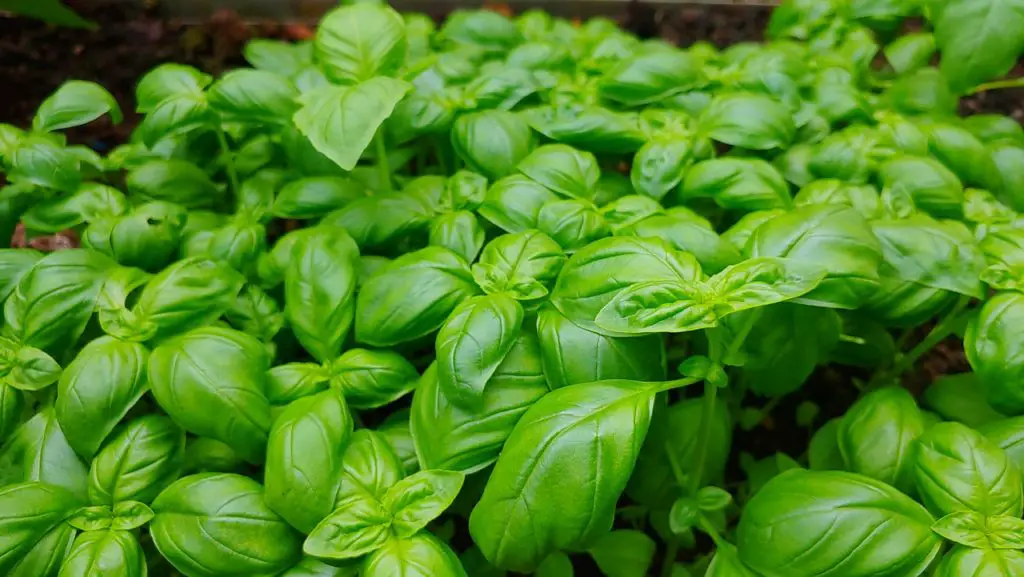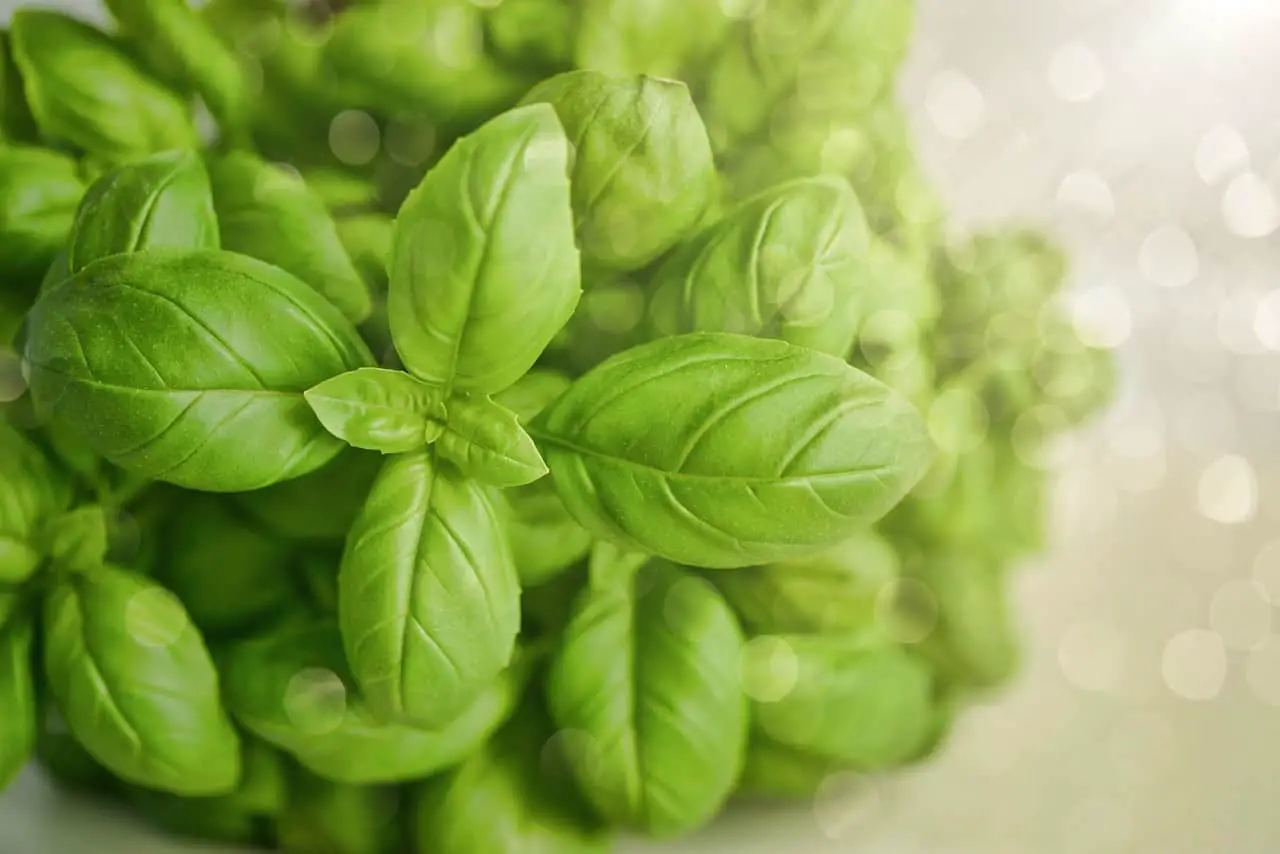
Basil, a fragrant and versatile herb, is prized for its aromatic foliage with hints of pepper and mint. To harvest, pinch off the top set of leaves when the plant reaches six to eight sets, encouraging bushier growth. Repeat throughout the season, leaving half the plant intact. Harvest in the morning for peak flavor. Regular harvesting promotes leaf production, ensuring a steady supply for culinary use.
How To Harvest Basil
When To Harvest Basil
When harvesting basil, timing is crucial, regardless of whether you start from seeds or young plants. Typically, wait until the plant unfurls at least four sets of leaves and reaches a height of 6 to 8 inches, around 60 to 70 days after seeding. Harvest in the morning after dew evaporates, or before frost in colder climates. Extend basil’s lifespan indoors with ample sunlight or grow lights during winter.
How To Harvest Basil So It Keeps Growing
To harvest basil for continual growth, trim stems with small scissors from the top down, leaving ¼-inch above a leaf node. Avoid cutting more than one-third of the plant to promote ongoing leaf production. Regularly prune flower buds to redirect energy toward leaf growth. This method encourages a steady supply of fresh basil leaves for culinary use while sustaining the plant’s vitality.
How To Harvest Basil Stems
To optimize your basil harvest, use small scissors to trim full stems from the top down, leaving about ¼-inch above a node where leaves and side shoots emerge. Limit pruning to no more than a third of the plant’s height to stimulate ongoing leaf production. Prevent flowering by pruning flower buds, redirecting the plant’s energy towards leaf growth throughout the summer. Additionally, propagate basil easily by rooting cuttings in water, enabling the growth of new plants for continuous harvests. This method ensures a plentiful supply of fresh basil leaves for culinary use all season long.
How To Harvest Basil Without Killing The Plant
To harvest basil without harming the plant, use sharp scissors or pruning shears to cut stems just above a leaf node, leaving some foliage intact. Avoid harvesting more than one-third of the plant at once to ensure its continued growth. Regularly remove flower buds to promote leaf production. With proper pruning techniques, basil can thrive and provide a continuous supply of fresh leaves for culinary use throughout the growing season.
How To Prune Basil
To prune basil, use sharp scissors to snip stems just above leaf nodes, leaving some foliage intact. This encourages bushier growth. Remove flower buds promptly to redirect energy toward leaf production. Regular pruning ensures a continuous supply of fresh basil leaves.
When To Prune Basil Plants
When young basil plants reach around 6 inches in height and boast multiple sets of leaves, it’s time to commence harvesting. Begin by harvesting from the main stem, prompting the plant to develop new branches, resulting in increased leaf production for subsequent harvests. Regular pruning promotes bushier growth, as each trim stimulates fresh growth. Harvest basil leaves as needed for recipes, and prune flower buds to prevent seed production and ensure a continual harvest throughout the summer.
Using And Storing Basil Leaves
To use basil leaves, pluck them from the stem and add them fresh to salads, sandwiches, pasta dishes, pizza or even basil tea. For storage, place fresh basil leaves in a jar of water at room temperature, like a bouquet, to keep them fresh for a few days. Alternatively, wrap them in damp paper towels and store them in the refrigerator for up to a week.
How To Store Basil Leaves
To store basil leaves, begin by washing them gently and patting them dry with paper towels. Next, remove any damaged or discolored leaves. To keep basil fresh for longer, place the stems in a glass of water at room temperature, covering the leaves loosely with a plastic bag. Alternatively, wrap the basil leaves in damp paper towels and store them in a resealable plastic bag in the refrigerator’s crisper drawer. Stored properly, basil leaves can remain fresh for up to a week, retaining their flavor and aroma for culinary use.
How To Use Fresh Basil Leaves
Fresh basil leaves are not only fragrant but also incredibly versatile in the kitchen. Whether you’re making pesto, infusing oil, or simply adding a sprinkle of flavor to your favorite dishes, basil can elevate any recipe. Below are some creative ways to use fresh basil leaves in your cooking adventures:
- Culinary Uses: Fresh basil leaves are versatile and add flavor to various dishes, including salads, soups, sandwiches, and pasta sauces.
- Garnish: Use whole basil leaves as a decorative garnish on top of pizzas, bruschetta, or caprese salads.
- Infused Oil: Make basil-infused oil by steeping fresh leaves in olive oil, enhancing the oil’s flavor for salad dressings or drizzling over grilled vegetables.
- Pesto: Create homemade pesto by blending basil leaves with garlic, pine nuts, Parmesan cheese, and olive oil for a flavorful sauce to toss with pasta or spread on sandwiches.
- Herbal Tea: Brew fresh basil leaves in hot water to create a fragrant and soothing herbal tea, often enjoyed for its calming properties.

